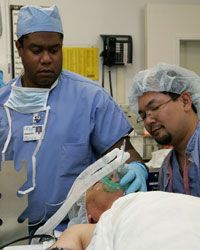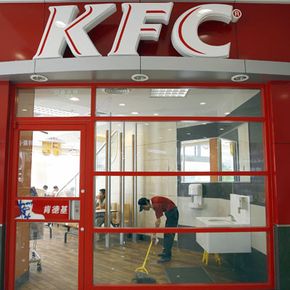If you believe the stereotype that doctors and lawyers make all the money, you're almost right.
According to the latest studies conducted by the Department of Labor's Bureau of Labor Statistics, medical professionals in the U.S. do indeed boast the highest average salary in the work force. In fact, there is only one occupation in the top 10 best-paid jobs that isn't a medical position.
Advertisement
Surprise: it isn't lawyers.
And, unfortunately, it isn't food service workers, who are among the worst-paid workers in the United States. Joining them are other service industry workers, including hotel housekeeping employees, restaurant hosts and hostesses and laundry service workers.
The good news for service industry workers is that where they work and for whom play large roles in how much they can earn. For example, a cafeteria worker at a successful software company will, on average, make more than a cafeteria worker at a high school.
The other good news for those with the worst-paid jobs is that certain regions of the United States pay more than others. For example, a maid at a nice hotel in Silicon Valley or New England will make, on average, more than a maid at a nice hotel in the Midwest.
The statistics gathered by the Bureau of Labor Statistics are based on basic wages. The statistics don't take overtime pay or nonwage compensation into account, and the occupations surveyed don't include self-employed workers.
And, of course, being statistics, the results do not reflect extremes in either direction, such as the worst-paid fast food employee in the lowest-paying restaurant, or the chief executive officer of a mega-corporation earning top dollar.
So what is the best paying job out there? Read on.
Advertisement




